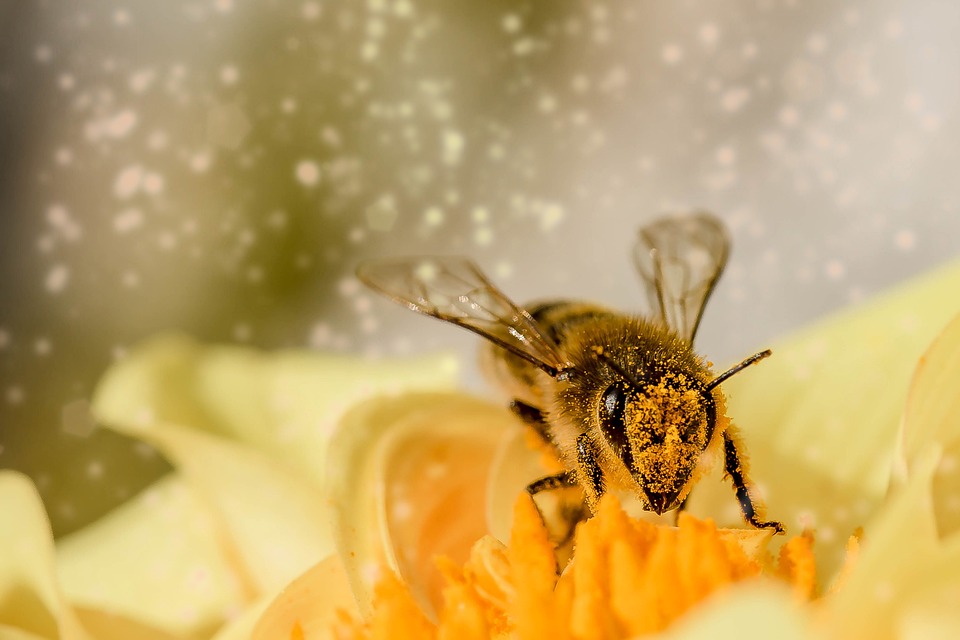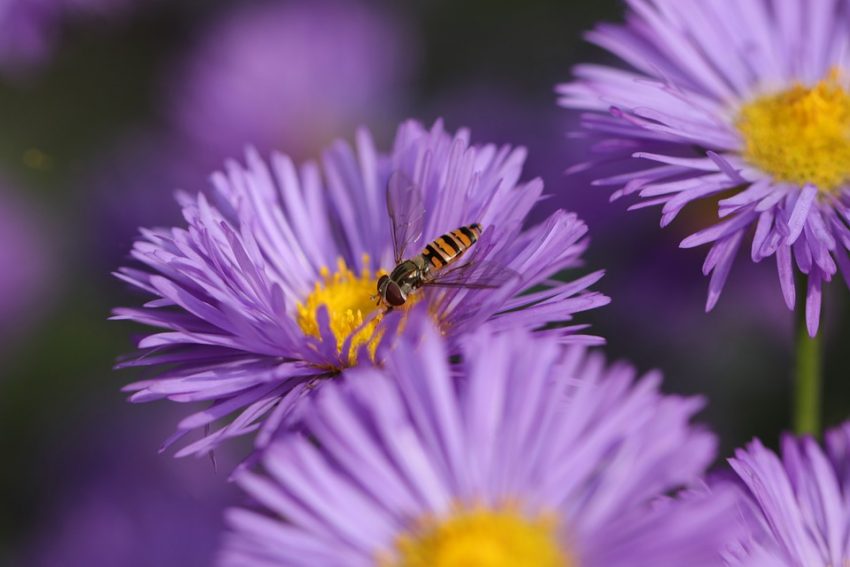Not all crops require pollinators or other pollination. Rice, wheat, and potatoes are examples. But many foods rich in nutrients and micronutrients, such as fruits, some vegetables, seeds, nuts, and oils, would disappear without them.
Can you imagine life without these foods? Without the work of certain animals, birds, and insects, strawberries, apples, blueberries, cherries, cacao, and coffee would cease to exist, just as more than 75% of the world’s crops depend on pollinating animals.
What Is Pollination?
According to the Food and Agriculture Organization of the United Nations (FAO), pollination is the transfer of pollen (male cells) from the stamen (male part of the flower) to the stigma (female part of the flower). This process results in fertilization and the production of fruits and seeds.
It is well known that insects are pollinators, but some pollinators are not insects. Details are given below.
Insects
Pollination by insects is arguably the most important because insects are the largest group in the animal kingdom, and their size makes them ideal for this task. This group includes the “hymenoptera” (bees, bumblebees, ants, and wasps), the “sheathwings” (beetles), the “diptera” (flies), and the “lepidoptera” (butterflies and moths).
The Membranoptera prefer pollen- and nectar-rich plants and angiosperms, the Diptera prefer small, odorless flowers. The Lepidoptera prefer large, elongated, tubular flowers, which fit the shape of their mouthparts perfectly.
Pollinators Other Than Insects
Animals such as birds, rodents, and mammals also play an essential role in the ecosystem. Here are some of these non-insect pollinators.
1) Butterflies
Butterflies play an essential role in producing plants and our food crops. They have scales and hairs, and when they suck nectar, pollen attaches to them, and they disperse it.
Experts report that they are “organisms that inhabit all terrestrial ecosystems, especially those in the tropics. These organisms are used as bioindicators because they help interpret the conservation status and changes in a particular environment or ecosystem.
However, populations of some species and many other pollinators, such as honeybees, have declined alarmingly due to intensive farming practices, pesticides, invasive species, and climate change.

2) Ants
The relationship between plants and ants is often viewed negatively by those unfamiliar with the role of ants in the ecosystem. However, the benefits of ants in plant pollination are innumerable. Few species harm plants; instead, many protect them from pests by coming into contact with them.

3) Mosquitoes
Mosquitoes are very unpleasant creatures. They spread disease, pollute lakes and marshes, and are never pleasant companions. However, experts say that these invertebrates perform various environmental protection activities, including pollinating plants. Orchids are a clear example of plants that benefit from their actions.

4) Bees
When we think of pollinators, bees are certainly the first animals that come to mind. Because much of the food we eat is directly or indirectly dependent on these animals, their ecological importance in the agroecosystem is very high.
The bees and flowering plants, which are continually searching for nectar, have an excellent relationship that helps the bees reproduce and serves as a bioindicator. One key for honey lovers is to buy pure honey from local farmers who practice sustainable beekeeping, as the number of bees is declining.
It is also recommended to plant pollen- and nectar-rich flowers in your garden to help the bees. This will provide nesting sites and food sources for these essential insects. This should also be done with the help of an expert.

5) Hummingbirds
Hummingbirds are described as “birds that act like insects.” Some scientists even call them “winged bees.” They fly from flower to flower, sucking nectar and spreading their pollen all over the flowers.
In the Americas, about 8,000 plant species depend on these birds. They are most attracted to red, pink, yellow, and orange flowers. Hummingbirds also specialize in particular flowers, those with long beaks on long flowers and curved beaks on curved flowers.

Share your thoughts with us in the comments below!

